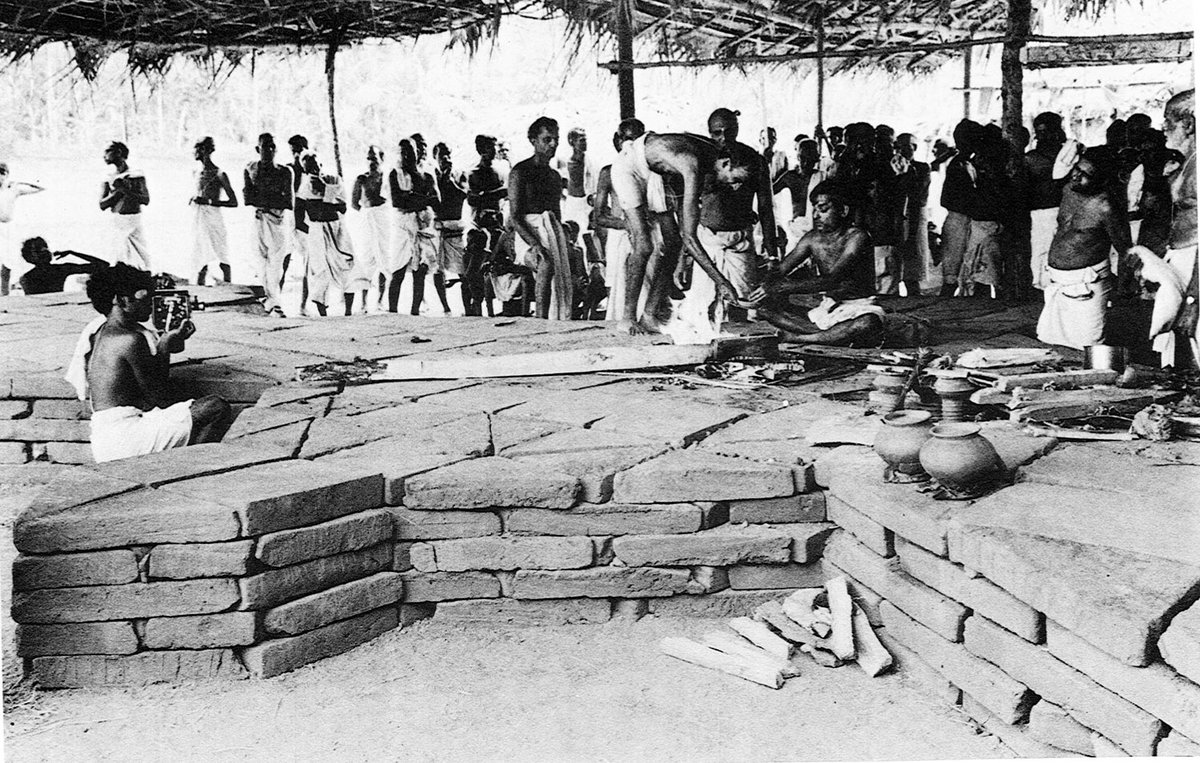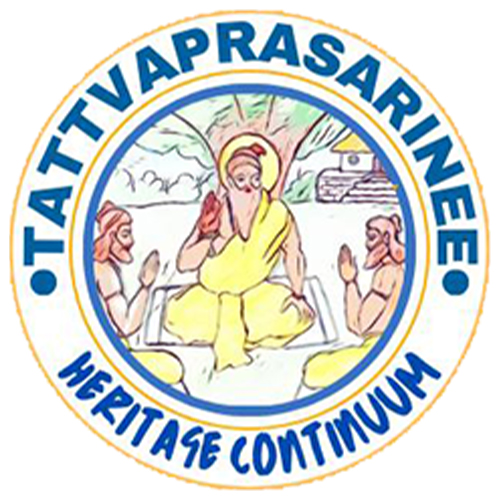
In the previous three parts of this series, we explored the profound significance of Sri Rudraprashna, commonly known as Namakam. As we continue this discussion, we now delve into the meaning and essence of the mantras within Namakam, while also uncovering fascinating aspects of Rudraprashna along the way.
The First Mantra:
“Namaste Rudra manyava utota ishave namah |
Namaste astu dhanvane bahubhyamuta te namah ||”
Meaning and Interpretation:
“O Rudra! Salutations to Your wrathful form. May Your anger be directed towards our enemies and not towards us. We also bow to Your arrows and bow, as well as to Your mighty arms that hold them. May these weapons remain peaceful in our presence and act only against those who oppose righteousness.”
This mantra emphasizes both the fierce and benevolent aspects of Lord Rudra. It begins with the word namah (salutations), signifying surrender and reverence. The mantra acknowledges Rudra’s anger (manyu), requesting that His wrath be directed toward evil forces rather than devotees. It also pays respects to His divine weapons, seeking their peacefulness for the worshiper while allowing them to act against adversaries.
The Two Forms of Rudra:
According to Vedic scriptures, Rudra possesses two distinct forms:
1. Ghora Sharira (Fierce Form) – This is Rudra’s intense, destructive aspect.
2. Shiva Sharira (Auspicious Form) – This is His compassionate, benevolent aspect.
The Shatarudriya Homa (a sacred fire ritual) is performed to pacify Rudra’s fierce form. The Vedic injunction states:
“Rudro va esha yadagnih, tasyaite tanuvau ghoranya shivanya Yacchatarudriyam juhoti, yaivaasya ghora tanuustam tena shamayati” (Taittiriya Samhita, 4.5.4)
This means: “Rudra is indeed Agni (the sacred fire). He has two forms – the fierce and the peaceful. By offering the Shatarudriya oblation, one pacifies His fierce form.”
Rituals for Pacifying Rudra’s Fierce Form:

In Vedic rituals like Agni Chayana, which involve elaborate fire sacrifices, five layers of bricks are laid, and at the final stage, specific oblations are offered to calm Rudra’s fierce form. As per tradition:
• A bamboo stick is split into two, and its inner joints are separated.
• Arka leaves (calotropis) are tied to the tip.
• This tool is used to offer goat’s milk into the sacred fire while chanting Shatarudriya.
The Essence of This Mantra:
Rudra’s fierce form is associated with anger and destruction. The mantra seeks to transform this anger into divine grace by beginning with namah, an expression of humility and surrender. It conveys:
• “O Rudra, I bow to Your wrathful nature, but may Your anger be directed towards my enemies and not upon me.”
• Since Rudra’s fierce form is armed with bows and arrows, the mantra also offers salutations to these weapons.
• It concludes with a prayer: “May these divine weapons be peaceful in my presence and act only against those who oppose righteousness.”
This first mantra of Namakam thus embodies a deep spiritual philosophy: surrendering to the divine removes obstacles and transforms even the most formidable forces into protectors. It is not merely a prayer for protection but also an invocation for the righteous use of power.
In the upcoming parts, we will continue exploring the deeper meanings of the subsequent mantras in Namakam, uncovering their relevance to human life and spiritual progress. Stay tuned!
